
Asuncion, officially the Municipality of Asuncion, is a 1st class municipality in the province of Davao del Norte, Philippines. According to the 2020 census, it has a population of 61,893 people.

Braulio E. Dujali, officially the Municipality of Braulio E. Dujali, or simply referred to as Dujali, is a 4th class municipality in the province of Davao del Norte, Philippines. According to the 2020 census, it has a population of 35,729 people.

Carmen, officially the Municipality of Carmen, is a 1st class municipality in the province of Davao del Norte, Philippines. According to the 2020 census, it has a population of 82,018 people.

Kapalong, officially the Municipality of Kapalong, is a 1st class municipality in the province of Davao del Norte, Philippines. According to the 2020 census, it has a population of 81,068 people.
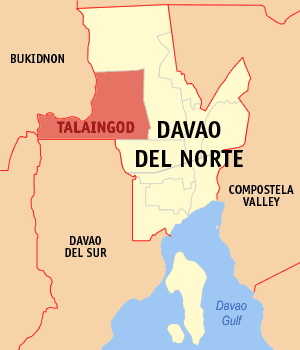
Talaingod, officially the Municipality of Talaingod, is a 2nd class municipality in the province of Davao del Norte, Philippines. According to the 2020 census, it has a population of 28,333 people.

Maco, officially the Municipality of Maco, is a 1st class municipality in the province of Davao de Oro, Philippines. According to the 2020 census, it has a population of 83,237 people.
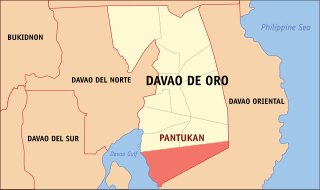
Pantukan, officially the Municipality of Pantukan, is a 1st class municipality in the province of Davao de Oro, Philippines. According to the 2020 census, it has a population of 90,786 people.

Montevista, officially the Municipality of Montevista, is a 3rd class municipality in the province of Davao de Oro, Philippines. According to the 2020 census, it has a population of 46,558 people.

Don Marcelino, officially the Municipality of Don Marcelino, is a 3rd class municipality in the province of Davao Occidental, Philippines. According to the 2020 census, it has a population of 45,540 people.

Kiblawan, officially the Municipality of Kiblawan, is a 2nd class municipality in the province of Davao del Sur, Philippines. According to the 2020 census, it has a population of 49,381 people.
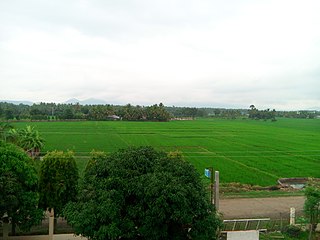
Magsaysay, officially the Municipality of Magsaysay, is a 3rd class municipality in the province of Davao del Sur, Philippines. According to the 2020 census, it has a population of 56,263 people.

Matanao, officially the Municipality of Matanao, is a 2nd class municipality in the province of Davao del Sur, Philippines. According to the 2020 census, it has a population of 60,493 people.

Santa Maria, officially the Municipality of Santa Maria, is a 2nd class municipality in the province of Davao Occidental, Philippines. According to the 2020 census, it has a population of 57,526 people. Postal code 8011.
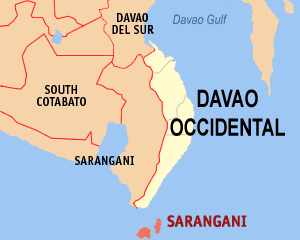
Sarangani, officially the Municipality of Sarangani, is a 4th class municipality in the province of Davao Occidental, Philippines. According to the 2020 census, it has a population of 22,515 people.
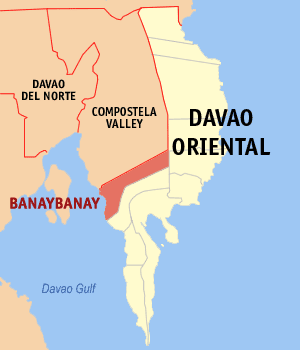
Banaybanay, officially the Municipality of Banaybanay, is a 2nd class municipality in the province of Davao Oriental, Philippines. According to the 2020 census, it has a population of 44,451 people.

Boston, officially the Municipality of Boston, is a 3rd class municipality in the province of Davao Oriental, Philippines. According to the 2020 census, it has a population of 14,618 people.

Cateel, officially the Municipality of Cateel, is a 2nd class municipality in the province of Davao Oriental, Philippines. According to the 2020 census, it has a population of 44,207 people.

Governor Generoso, officially the Municipality of Governor Generoso, is a 2nd class municipality in the province of Davao Oriental, Philippines. According to the 2020 census, it has a population of 59,891 people.

Manay, officially the Municipality of Manay, is a 2nd class municipality in the province of Davao Oriental, Philippines. According to the 2020 census, it has a population of 39,572 people.

Tarragona, officially the Municipality of Tarragona, is a 3rd class municipality in the province of Davao Oriental, Philippines. According to the 2020 census, it has a population of 26,996 people.























